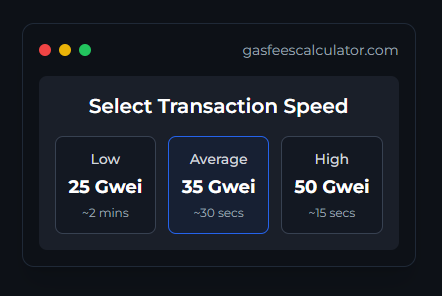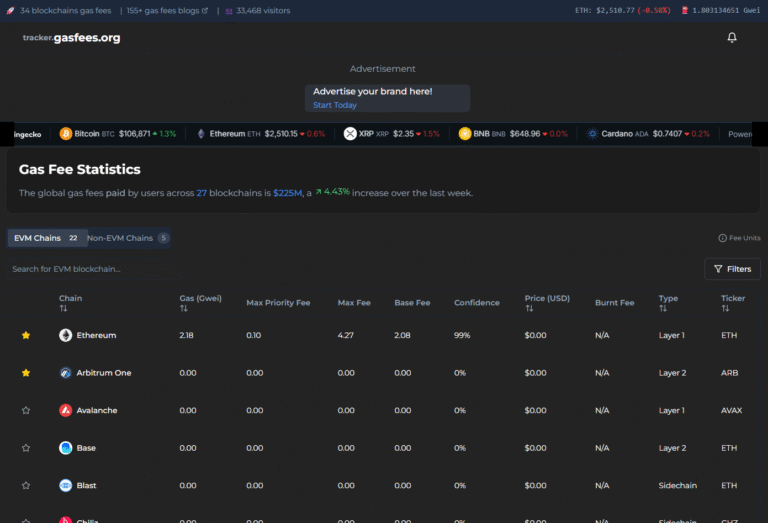What Are Acala Network Gas Fees?
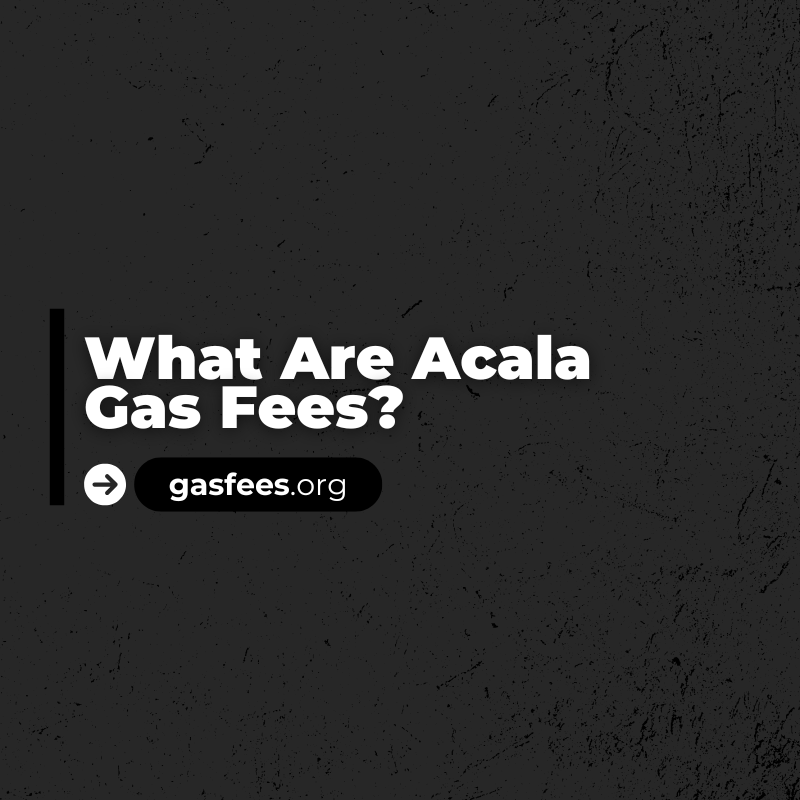
In the Acala Network, a leading DeFi platform built on the Polkadot ecosystem, gas fees are the costs associated with executing transactions or smart contracts on the blockchain. Unlike traditional blockchains where gas fees are paid in the native token (e.g., ETH for Ethereum), Acala’s gas fee structure is designed to be flexible and user-friendly, aligning with its mission to provide accessible decentralized finance (DeFi) solutions.
Acala allows users to pay gas fees in multiple tokens, including its native ACA token, the Acala Dollar (aUSD) stablecoin, or other supported assets within the network. This multi-token fee system reduces reliance on a single token, enhancing user convenience and mitigating volatility risks. Gas fees are determined by the computational resources required for a transaction, such as processing power and storage, and are kept low due to Acala’s efficient parachain architecture on Polkadot.
For example, a user transferring aUSD to another wallet or interacting with a DeFi protocol like Acala’s liquid staking might incur a small gas fee, dynamically calculated based on network demand and transaction complexity. Acala’s design also includes mechanisms to stabilize fees, ensuring predictability for users and developers. By leveraging Polkadot’s shared security and scalability, Acala minimizes costs compared to congested networks, making DeFi more inclusive.
To optimize gas fees, users can monitor network activity and choose times of lower congestion or use Acala’s fee estimation tools integrated into compatible wallets. Understanding and managing these fees is key to maximizing the benefits of Acala’s DeFi ecosystem.
Understanding Ethereum Gas Fees: What You Need to Know
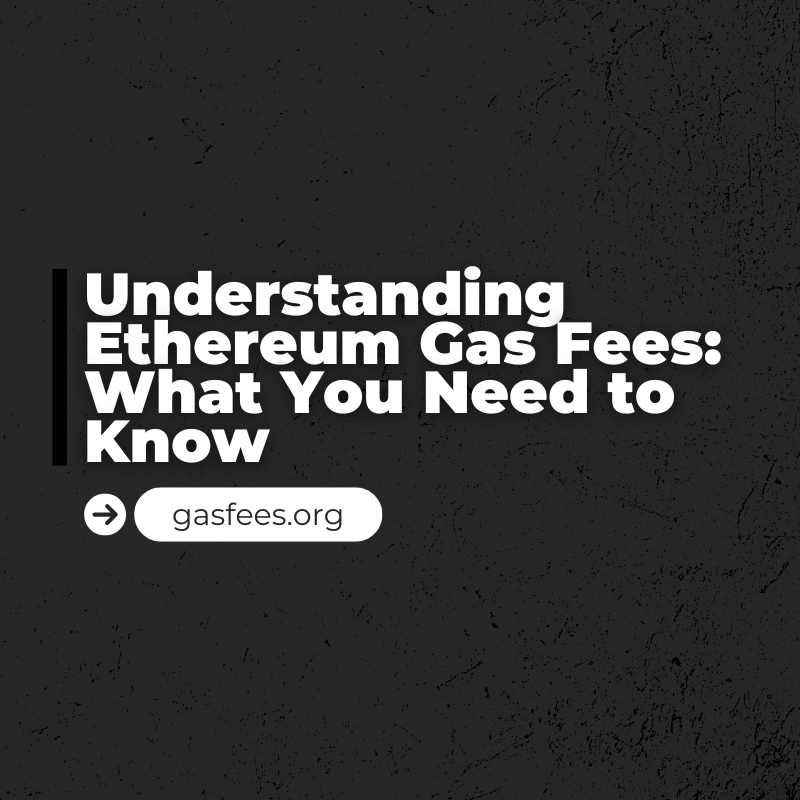
Ethereum gas fees are the costs of executing transactions and smart contracts on the Ethereum network. This guide explains how gas fees are calculated, why they fluctuate, and tips for minimizing costs. Whether you’re a developer or user, understanding Ethereum gas fees is essential for efficient blockchain interactions.
What Are CELO Gas Fees?

CELO gas fees are the transaction costs associated with executing operations on the Celo blockchain, which focuses on providing decentralized financial services to mobile users. These fees, paid in CELO tokens, help maintain network security and ensure efficient transactions. Understanding CELO gas fees is crucial for optimizing costs when sending payments, interacting with smart contracts, or using decentralized applications on the Celo network.
What Are Aurora Gas Fees?
Aurora is a layer-2 scaling solution built on the NEAR Protocol, designed to enhance Ethereum compatibility while offering faster transactions and lower costs. Gas fees on Aurora are the costs incurred for processing transactions or executing smart contracts on its blockchain. These fees are paid in ETH, as Aurora operates as an Ethereum Virtual Machine (EVM)-compatible layer, but they are significantly lower than Ethereum mainnet fees due to Aurora’s integration with NEAR’s scalable infrastructure.
The gas fee structure in Aurora is dynamic, based on the computational resources required for a transaction and network congestion. For instance, simple transfers may cost a fraction of a cent, while complex DeFi interactions could be slightly higher but still cost-effective compared to Ethereum. Aurora’s design allows developers to customize gas fee payments, enabling features like gasless transactions for users (where developers cover fees) or paying fees with custom tokens instead of ETH.
To optimize costs, users can leverage Aurora’s high throughput and low-latency network, which minimizes fee spikes during peak usage. Tools like Aurora’s block explorers or wallet integrations provide real-time fee estimates, helping users make informed decisions. By combining Ethereum’s developer-friendly ecosystem with NEAR’s efficiency, Aurora’s gas fees offer a compelling balance of affordability and performance for DeFi, gaming, and NFT applications.
What Are Kava Gas Fees?
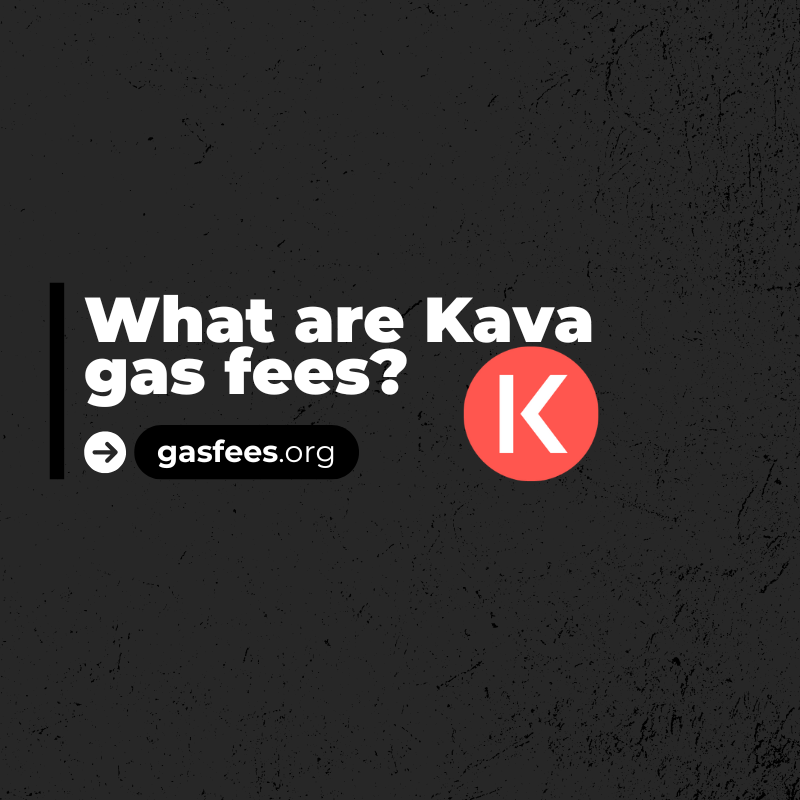
Kava Gas Fees are the transaction costs required to perform operations on the Kava blockchain, a decentralized finance (DeFi) platform built for cross-chain services.
Gas fees are paid in KAVA tokens and are used to compensate validators for processing transactions and securing the network.
The fees vary based on network demand, transaction complexity, and the specific operation being performed. Kava’s scalable infrastructure helps to keep these gas fees relatively low, making it an attractive option for users looking to engage in DeFi activities, such as lending, borrowing, and staking across multiple blockchain ecosystems.
What Are NEAR Gas Fees?

NEAR gas fees are the transaction costs associated with executing operations on the NEAR Protocol, a high-performance blockchain designed for scalability and ease of use. These fees, paid in NEAR tokens, are typically low and predictable, enabling fast and cost-effective transactions for users and developers. Understanding NEAR gas fees helps optimize costs when interacting with decentralized applications (dApps) or deploying smart contracts on the network.
